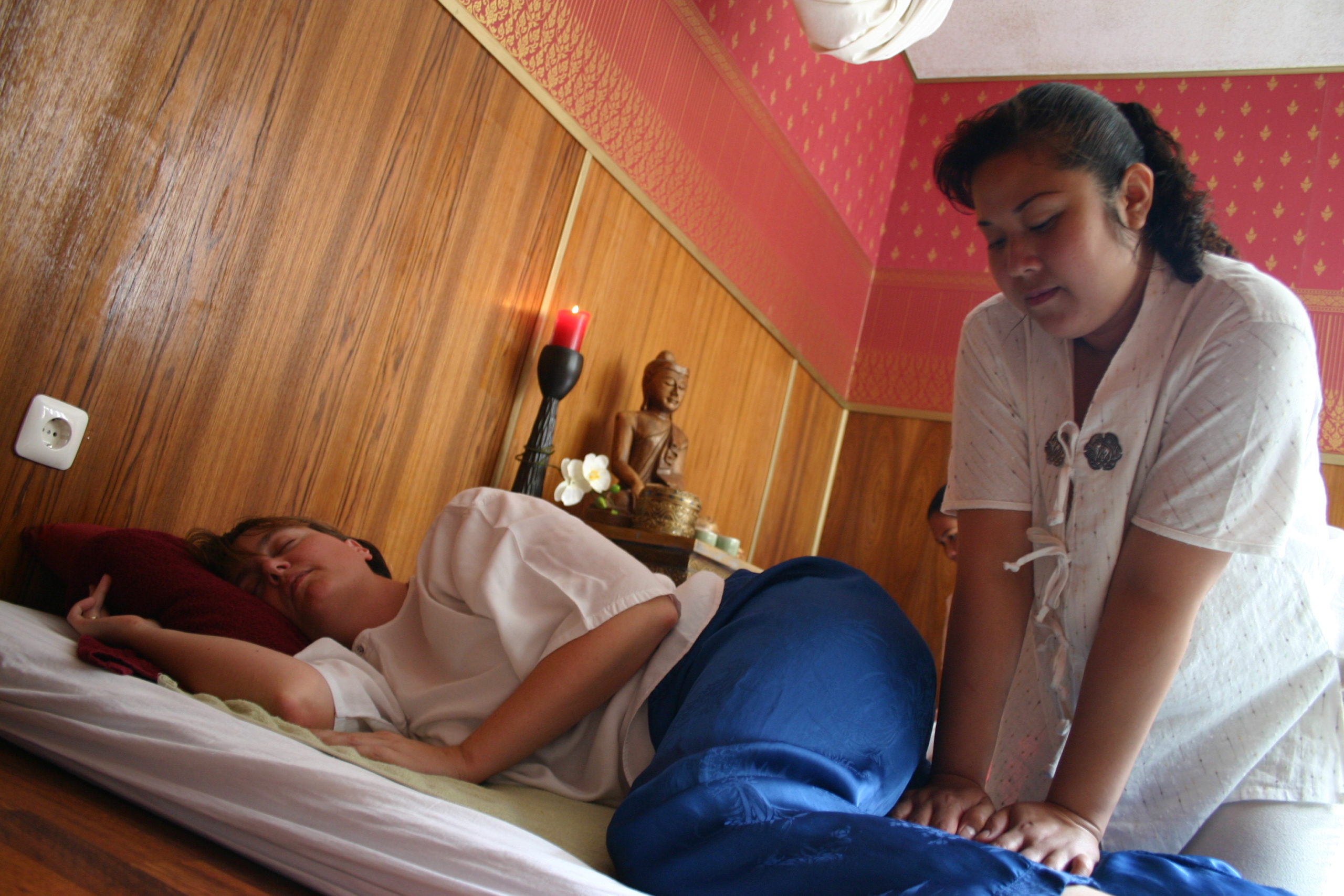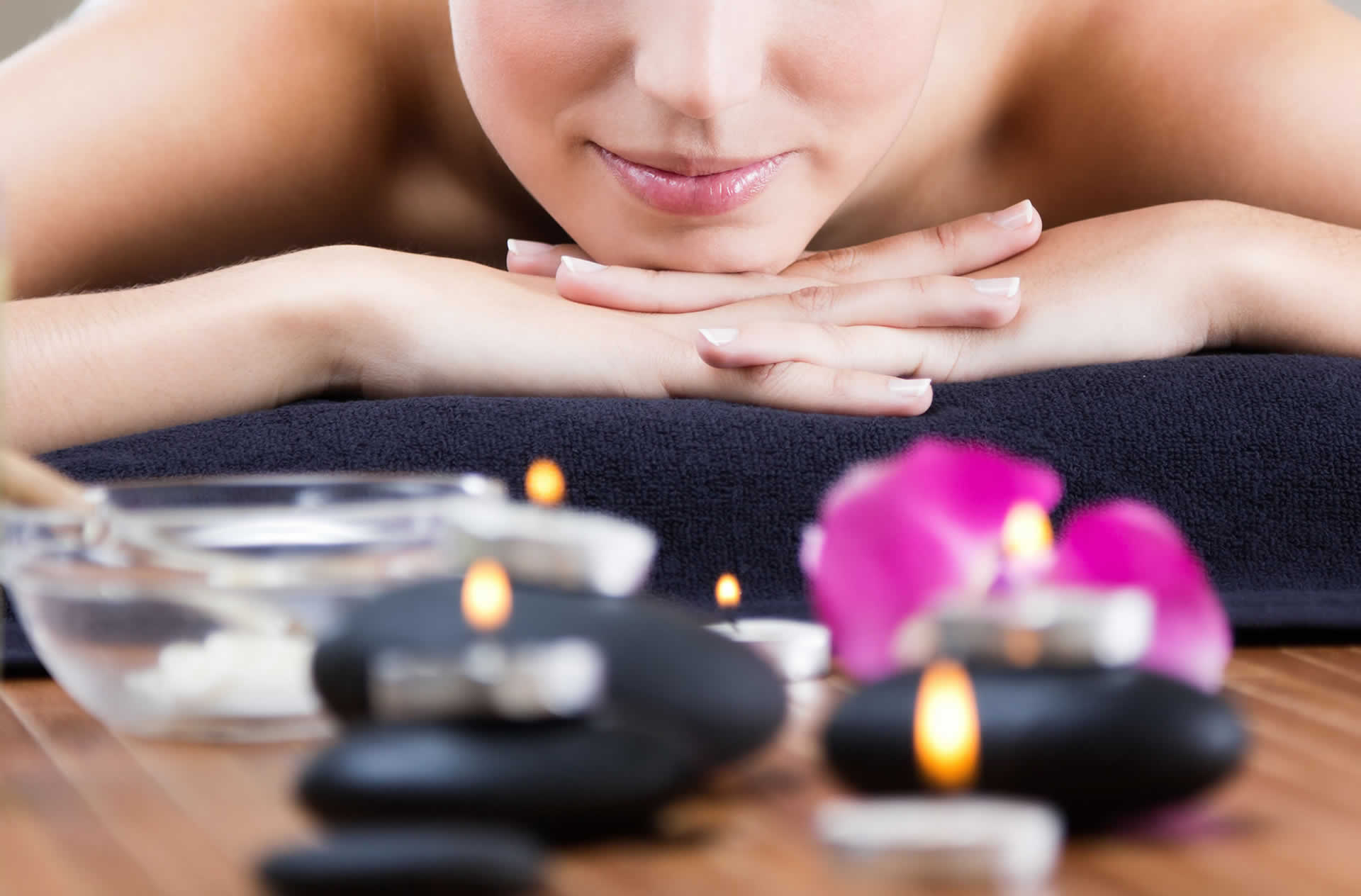You will encounter many different forms of massage depending where around the world you travel. However in this modern age, you can probably find all significant forms of massage within a close proximity.
When every muscle in the body hurts, it can be hard to relax. Even the smallest movements are excruciating, enough to make someone collapse into bed under the heaviness of their pain. Mental illness and addiction issues guide many people to opioids in an effort to find relief. When pain becomes too much to bear, many people turn to drugs: heroin, vicodin, oxyContin, fentanyl. In 2016, more than 64,000 Americans died of overdose deaths. A program in York County, Maine, could provide data on the efficacy of integrative therapies, including massage, as an alternative to opioids. A handful of hopeful therapists working in the program are trying to address this problem, one massage at a time. “We have a tremendous number of residents who are using and abusing and dying from opioids,” said Kathy Bubar, director of Pride Program at Maine Behavioral Healthcare. “A lot of them started at pain clinics.” Seamless Care The Pride Program, a federally funded program, offers fully integrated behavioral and physical health care services for adults with severe and continual mental illness who also suffer from chronic health conditions. These are the same people who turn to opioids to try and manage mental and physical pain. Under the Pride Program is an integrative therapies program for clients open to trying energy work, massage, acupressure and acupuncture. Numerous studies have indicated the effects of massage therapy in reducing anxiety and depression. Patients receive seamless care from clinical therapists to massage therapists contracted with the healthcare system. They do so in physicians’ private practices, and sometimes on-site at the medical center. Because the program is grant-funded, only so many clients receive care, a problem in an area riddled with addicts in need of help. Seeking some way to establish the need for more funding and help in an area where opioids seem to be the answer, the Pride Program team applied for the 2017 Community Service Grant through the Massage Therapy Foundation. The grant was sponsored partially by a gift from BIOTONE and awarded this year. Grants are given to charitable organizations that offer massage therapy to clients who have little or no access to integrative therapy. They earned $5,000, enough to treat five clients with massage to see how it alleviated their pain after several sessions. Pre-and post-evaluations were required, and final data is expected this summer to share with the healthcare system and add to future grant applications. Bubar believes her area is the “epicenter of the opioid crisis in Maine” and having seen the improvement of lives just through touch, felt a grant-backed study needed to be done. More on the Benefits of Medical Massage. “That’s why we applied for and received this grant,” Bubar said. “We have a lot of case managers who share about the remarkable difference it makes with people with severe trauma history and people with severe pain history.” One client, a former deployed interpreter for U.S. troops, came to the clinic with a traumatic brain injury after a bomb went off during an assignment. He got deeply involved with the Pride Program and its wellness programs, losing about 20 pounds, dropping his blood pressure and cholesterol. Despite his best efforts physically, trauma still haunted him. Massage therapy assisted him in sleeping better and has reduced his anxiety, Bubar said. “It’s a great add-on to all of the work that he’s doing,” she said. “He’s a bit of a poster child for the Pride Program and complementary therapy program.” Touching Trauma Roberta Wentworth, LCSW, knows about touch and trauma. As a clinical social worker with a background in touch, she started the complementary therapy program at Maine Behavioral Healthcare nearly 20 years ago. She now manages the program. She’s seen it work for clients of all ages. Wentworth recalls one legally blind patient who always had a lot of body pain, much of it from severe physical and sexual abuse. Through the complementary therapy program, she’s received healing touch and acupuncture for 15 years, each year marking a bigger difference than before. “She attributes those treatments as helping her to be able to see herself as a person,” said Wentworth. “She felt like she lived her life in a fog.” Prior to treatment, clients meet with both a mental health therapist and massage therapist to establish expectations and goals. For some, it takes an extremely long time in talk therapy before even opening up to the idea of someone touching them, Wentworth said. Depression and anxiety are two of the most common ailments of patients, along with pain, creating further apprehensiveness about being touched. “These are people who do not relax,” said Wentworth. “When you’re in pain, every muscle tightens in the body.” But the massage in particular, she said, has made all the difference for the clients who give it a try. “We see a definite reduction in anxiety while the treatment is going on,” explained Wentworth. “They will talk about feeling relaxed in the massage. And they are able to carry that over into life.” A Safe Haven Creating a safe environment for clients to understand they have complete control to be touched how they wish is important, said Diane Whiteside-Peck, a massage therapist contractor. “People with emotional abuse in their past, they don’t get massage,” she said. “Some have to talk to clinicians a long time before they come in.” Whiteside-Peck had one client who wore a bathing suit for several sessions because she didn’t want to disrobe. As a massage therapist, she respected that and allowed the client to get comfortable as she saw fit and on her own time. Regularly seeing clients with severe mental health issues revealed to Whiteside-Peck how mental illness unfolds. She’s also learned to be open to those moments when clients finally trust her enough to let their guards down. “I’ve learned a lot about what depression means. It’s not a disease or disability you see,” she said. Being aware of client cues is critical in working with the mentally ill as well. Touch and smell can trigger certain emotions and create flashbacks, she said. One time, a client stiffened and began crying. Stopping the session, Whiteside-Peck stepped out, allowing her client to get dressed. Afterward, she brought in a cup of tea. The two sat and talked for the remainder of the session. “It’s really amazing to hear the stories,” she said. “Some don’t talk at all and some tell a lot. Some say a few things.” Funding Challenges Because the integrative therapy program is grant-funded, it’s been challenging to keep up with the ever-growing client population. The program used to serve children, but funding cut into sessions and ultimately wasn’t sustainable. Only adults receive integrative services now, but that’s enough to keep all six integrative therapists busy. With the help of the Massage Therapy Foundation grant, Wentworth and Bubar hope to bring more awareness to the program and proof of efficacy to receive more funding. “We are indebted to the Massage Therapy Foundation for helping us do this work,” said Bubar. Healing Powers For the last decade, Lisa Defosse has seen healing miracles. As a massage therapist and reiki master, using her gifts to help others has changed her life. She does combined therapies of myofascial release, healing touch, reiki and gentle massage to ease her clients’ pain. Defosse works out knots of tension that trauma grips onto within the body. “For me, it’s about offering hope,” she said. “Patients are telling me it’s better than any pain meds they’ve been on.” Having clients get off of her table in tears is the most rewarding part of her job, she said. One patient told Defosse, “This is like my clonazepam. This gives me that same feeling.” While she can feel the change under her hands, it’s seeing patients come back with renewed hope in integrative healing that brings her the most satisfaction. “The mind and the emotions and the body are all super connected,” she said. “And if you can find a way to balance it all together, I believe in the healing of the whole self.” Therapists working with the program believe in the need to spread integrative therapies to low-income areas. While people of all backgrounds use CAM, it’s mostly used by women with high levels of income and education. That’s not the case for many of the clients in this program. Most patients would be hard-pressed to pay for such services if insurance did not. Whiteside-Peck has seen a lot since the 90s when she first got licensed in massage. What bothers her most is when clients who need her services the most can’t afford it. At her private practice, she offers deeply discounted rates to disabled clients. One woman even bakes her lasagna in exchange for a massage. “It’s not all about money,” she said. Some clients have stayed with her even long after their insurance stopped paying for treatments. To her, the service is too important to not find a way to make it work. “These are just little steps. These are little steps to undoing abuse,” she said. “This is one step toward changing their minds about touch. Changing their minds about how to trust people. That’s rewarding, too.” Find a massage nearby here.







Leave a Reply
You must be logged in to post a comment.